The Article
1042 Moving Magnet Cartridge From Goldring
27th November 2019
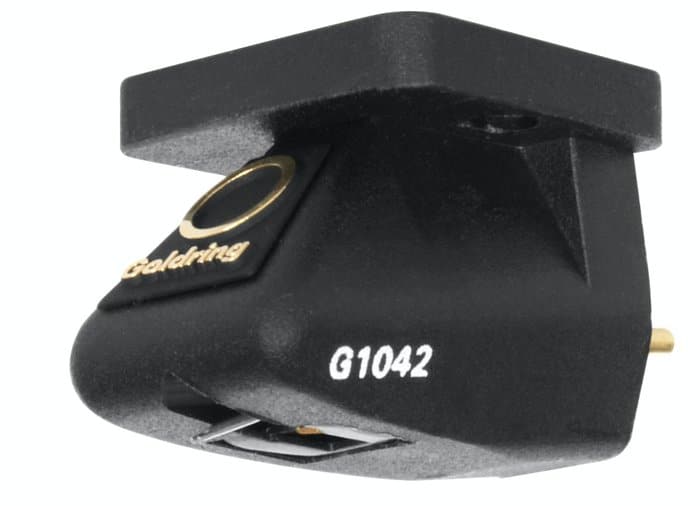
How does this veteran cartridge measure up in today’s hi-fi environment? Paul Rigby puts the Goldring 1042 through its paces and learns that this tool is ideal to solve an old, old hi-fi upgrade issue
You may be used to only seeing hi-fi reviews strictly of new products. Makes sense doesn’t it? They’re new, they’re untried, they’re an unknown quantity – so how do they perform?
And that’s fine. New products need to be investigated.
So do older products, you may be surprised to learn. We sometimes focus too much on the new. We sometimes forget that hi-fi solutions do not always reside on the Coming Soon press release. Sometimes they’re hidden in plain sight. Sometimes, if you have a hi-fi issue, it can be solved by a product already on the shelf.
The problem is that, in the hullaballoo and razzmatazz of a multitude of marketing campaigns, we get side-tracked or dazzled by shiny boxes and fancy packaging or, because of passing time, we forget older products or, who knows, that intriguing older product might not even be on our radar. It may have totally passed us by and we’re not even aware it’s out there.
I’ve been receiving a host of questions from readers looking to upgrade their budget turntable. They’re either looking to upgrade their cartridge first or they’re looking to move up a level in turntable quality. But that cartridge is all too often the sticking point.
The issue is often this. You have a budget turntable with a good quality moving magnet cartridge. Something priced between £50-£100, say. You want to upgrade but are nervous about the apparent leap upwards required from that value-for-money moving magnet cartridge. Many hi-fi users perceive a large financial gap to that upgrade goal. When seeking advice of what to buy, the word is often this: buy a low cost moving coil.
You can buy a cheap moving coil cartridge for around £250 although I’d personally recommend reaching higher than that for a more significant leap in overall sonic performance. Somewhere around £400 perhaps? (A bit more or a bit less, depending on the model but around this figure.)
Now, you can quibble about the above but there is one hidden cost that cannot be avoided. What happens if you’re looking to adopt a moving coil cartridge but you run a moving magnet-only phono amplifier? A common issue. The investment suddenly doubles (or more) because a new phono amplifier, one that supports moving coil cartridges, is now required. So the initial £400 investment is now around £800 – give or take. Again, you can buy cheaper phono amplifiers out there and upgrade in baby steps but for an upgrade worthy of the name, I’d be looking at that figure or even slightly more than that.
To repeat, you can get by spending much less but, while I approve of upgrading, I don’t approve of spending any more than you have to. The smaller those upgrade steps, the more often you end up upgrading and the more money you end up throwing at the problem. And it’s just unnecessary. I would always recommend waiting, saving a bit and then committing to a more significant and longer-lasting upgrade purchase which, in the long run, offers better value for money.
Swirling the above around your head for a while might even be enough to put you off upgrading at all.
What many users forget is that moving magnet technology can offer a simpler solution. Moving magnet cartridges can often do the required upgrade job. Without the attendant wringing of hands and stress too. It can provide a more efficient and easier upgrade path. Moving magnet technology is not all about the scraping-the-bottom, budget, bottom rung performance. Moving magnet cartridges can also be infused with finesse, can also produce elegant musical qualities and can fit the bill when you’re looking to upgrade. Increasing sound quality while saving you money.
Goldring’s 1042 cartridge is a prime candidate for that job.
The 1042 offers a diamond stylus with a Gyger S profile, a line contact type that better hugs the groove than a typical elliptical profile. That stylus hangs off an aluminium cantilever but a cantilever that is pretty darned slim and small in size and thus, lighter in weight and more responsive than many others out there.
Inside are former-less coils of 4,000 turns each but of low mass. They are contained in a one-piece Pocan chassis, a glass-reinforced polyester. That stylus can then be readily removed and replaced when needed.
So how does it sound?
SOUND QUALITY
I played a mixture of Ella Fitzgerald, warbling in front of a large orchestra and Jethro Tull, singing in front of several cases of real ale, to provide a musical contrast and headed straight for both the Ortofon 2M Red and Goldring’s own E3 cartridges as my references. Both occupy the busy £100 or so price point I mentioned above and both are excellent designs in themselves, providing a sense of maturity and complexity when compared to the bundled carts often supplied by many low-cost turntables today.
So, if you’re running a 2M Red or an E3, should you upgrade to something like a 1042? The 1042 is two and a half times the price (a typical retail figure) of both so the improvements should be obvious but is the 1042 now off the pace and showing its age? If the 1042 does offer improvements, what are they? What does the 1042 give you?
The good news is that the 1042 is certainly not off the pace, at least when compared to these £100 cartridges. That stylus profile hugs the groove closer and more intimately. Yes, that means that you will hear a touch more groove noise but you’ll also hear far more detail. The tonal information from this cartridge is just in a different league. Castanets heard on the track, Hernando’s Hideaway from Fitzgerald had a definite wood-like tone as opposed to the basic clicky effect from the cheaper cartridges.
The reverb attached to both LPs was also in greater evidence, largely because the 1042 was infused with less high frequency noise to mask detail. Hence, transparency was much improved.
Bass from Tull experienced greater focus. The cheaper carts were very good indeed but the 1042 alerted you to the fact that dead skin stretched on a metal bucket was being walloped by a big stick. The 1042 offered far more information on this level. Again, the cheaper carts told you a drum was being hit but not much more than that.
Dynamic reach was also superior. The cheaper carts struggled at times. Large scale brass crescendos could sound a little thin and strained on the cheaper carts whereas the Goldring had a confident, smooth approach to the midrange.
In short then, it’s a bit like reading a news story, the cheaper carts gave you the headlines and nothing more than that. The 1042 provided the rest of the story, it filled out the facts and provided context. The upshot? With the 1042 in place, you felt more satisfied with the musical experience.
A more challenging test, I felt, was pitching it against a moving coil. So I looked for my own base model. The moving coil I would heartily recommend as a starter purchase would be something like a Hana EL at around £400. Nevertheless, I tried to undercut that figure for this review only and did. I headed for a MC Gold from Benz, priced at £325.
I didn’t expect the 1042 to win this fight, in fact I expected it to lose. MC technology, if implemented properly and with care, is inherently superior.
Yes, the Benz is more expensive than a 1042 but would the Benz offer enough to warrant the purchase?
Retaining the same records, did the Benz prove superior? Yes it did (although, again, the Hana would have been my preference). In what way did the Benz improve matters? Imagery located each instrument in a superior manner and brought out each instrument a tad towards the ear, giving each a 3D effect, which enhanced detail. Groove noise was a tad higher but so was detail and clarity.
So, the Benz is the choice then, eh? This fight is done?
Not necessarily, no.
While the Benz was superior and the sonic differences were there, the measure of those improvements were not that large. The sound quality from the Goldring was remarkably good for a moving magnet design. There was great subtlety from the 1042, amazing midrange insight, there was a fragility around the treble that you wanted to stand up and salute at while the bass performance was both focused and full of impact.
Comparing the 1042 to the Benz MC, the Goldring had nothing to be ashamed of, there was enough clarity and transparency here to delight and the soundstage was both broad and layered.
So, the 1042 does an incredibly good job for the price. And let’s not forget, the Benz is around £85 more to begin with.
But more than that, if your a MM user, who if you’re running a moving magnet phono amp of around £50-£100? Yes, you can buy relatively low cost MC-based phono amps out there but I’d personally be looking at models priced £400 and more for a wholehearted upgrade. (The Trichord Dino at £500 would be my choice, to be honest.) So, let’s say that you’re running a decent MM phono amp of £100, that’s £300 extra right there. Plus the £85 cartridge price difference? £385 in total.
The Benz is not £385 better than the 1042 in terms of sound quality.
As I say, I’d be more comfortable plumping for the Hana/Trichord combo at £900 for the two.
Why am I banging on about the phono amplifier? Because, when moving up to MC, you cannot and should not underestimate the phono amplifier. For a MC cart, the phono amp is critical. The better it is, the better your MC cart will perform so that price difference is essential in terms of upgrading. They are a partnership. There is no point in buying a top quality MC cartridge and then cutting corners with a low cost moving coil-supporting phono amp.
There is a very good school of thought then that says this. If you’re running a moving magnet cartridge with a moving magnet phono amplifier, don’t upgrade to a moving coil until you have around £800-£900 in your pocket for a new cart and a new phono amplifier. You can upgrade on less but, to me, that’s a false economy.
Faced with that figure, a Goldring 1042 cartridge purchase looks incredibly attractive.
CONCLUSION
The Goldring 1042 not only competes in today’s hi-fi arena, it can and should play a full part on your upgrade ladder, adding more life to your moving magnet-based set-up and, more than that, saving you cash. Finally, it provides a superb suite of frequencies that will engage and delight. This is one serious moving magnet design and one that you can buy with confidence.
GOLDRING 1042 MOVING MAGNET CARTRIDGE
Price: £242 (common Internet retailer price)
Website: www.goldring.co.uk
TO BUY CLICK BELOW:
USA – https://amzn.to/34S0Yap
EUROPE – https://amzn.to/3mLMb70
GOOD: design, mature midrange, focused bass, delicate treble, low noise
BAD: nothing
RATING: 8
[Don’t forget to check out my Facebook Group, The Audiophile Man: Hi-Fi & Music here: www.facebook.com/groups/theaudiophileman for exclusive postings, exclusive editorial and more!]
REFERENCE
Pro-Ject RPM3 Carbon turntable
Tellurium Blue Cables
Blue Horizon Professional Rack System
Harmonic Resolution Systems Noise Reduction Components
All vinyl was cleaned using an Audio Desk’s Ultrasonic Pro Vinyl Cleaner

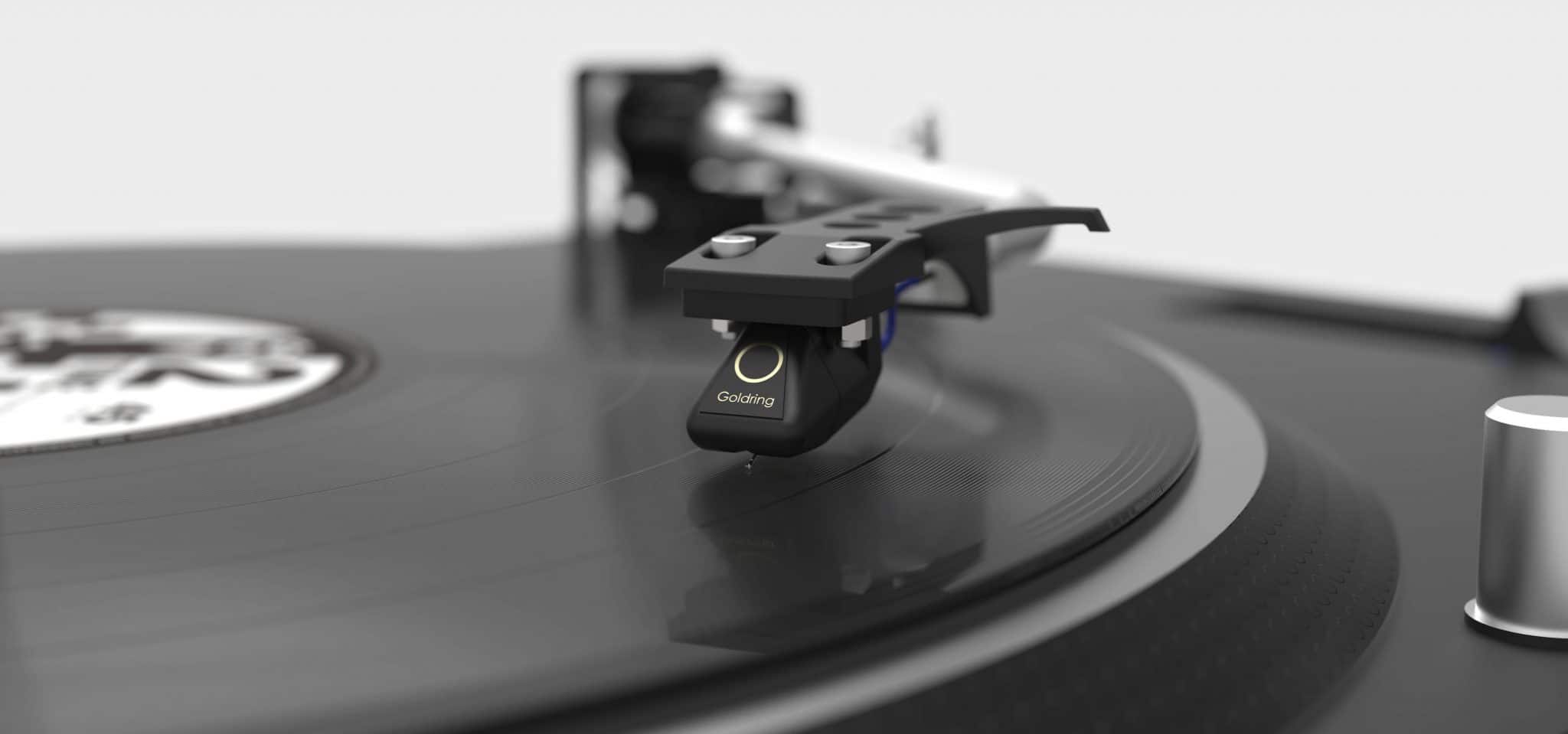
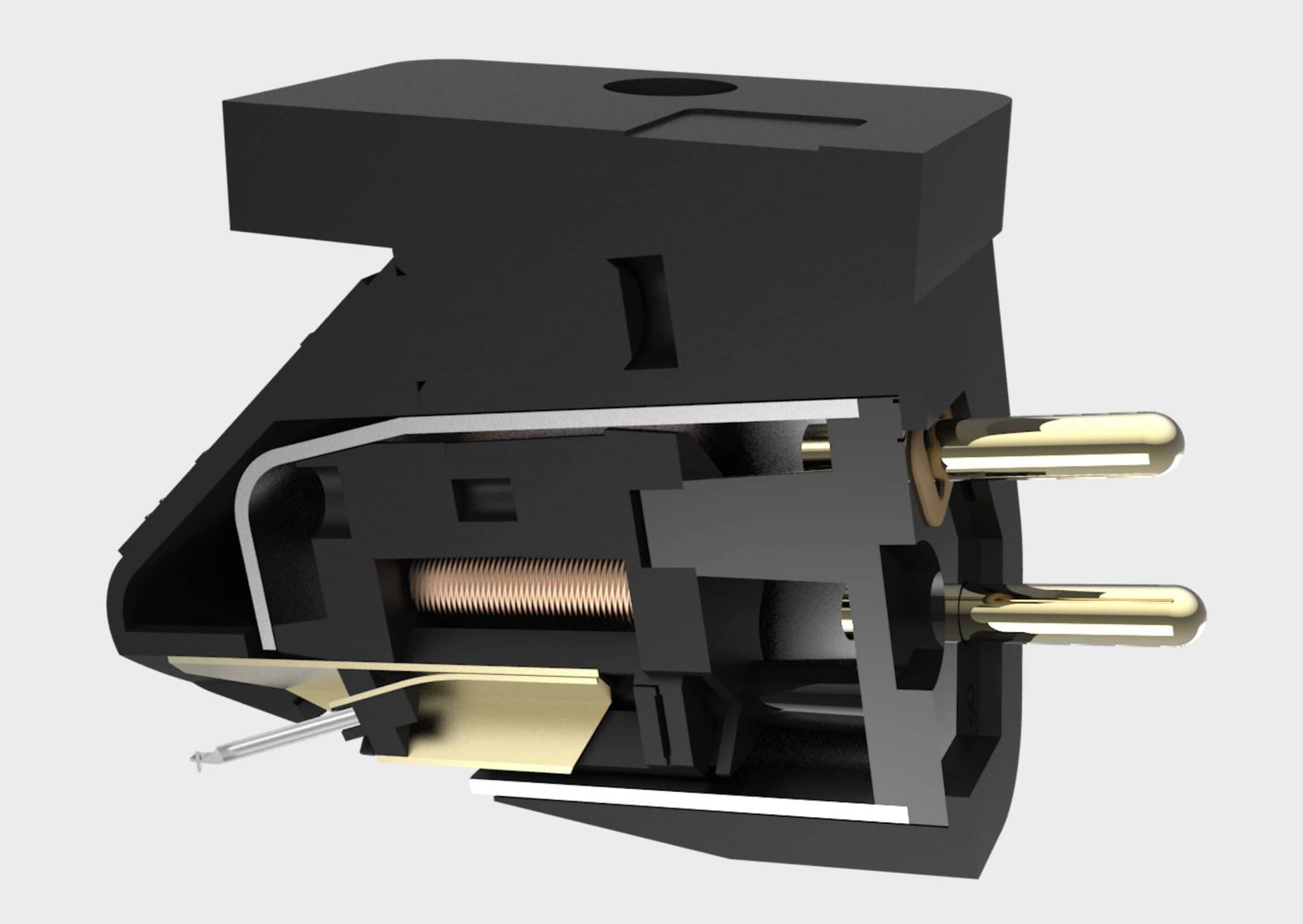
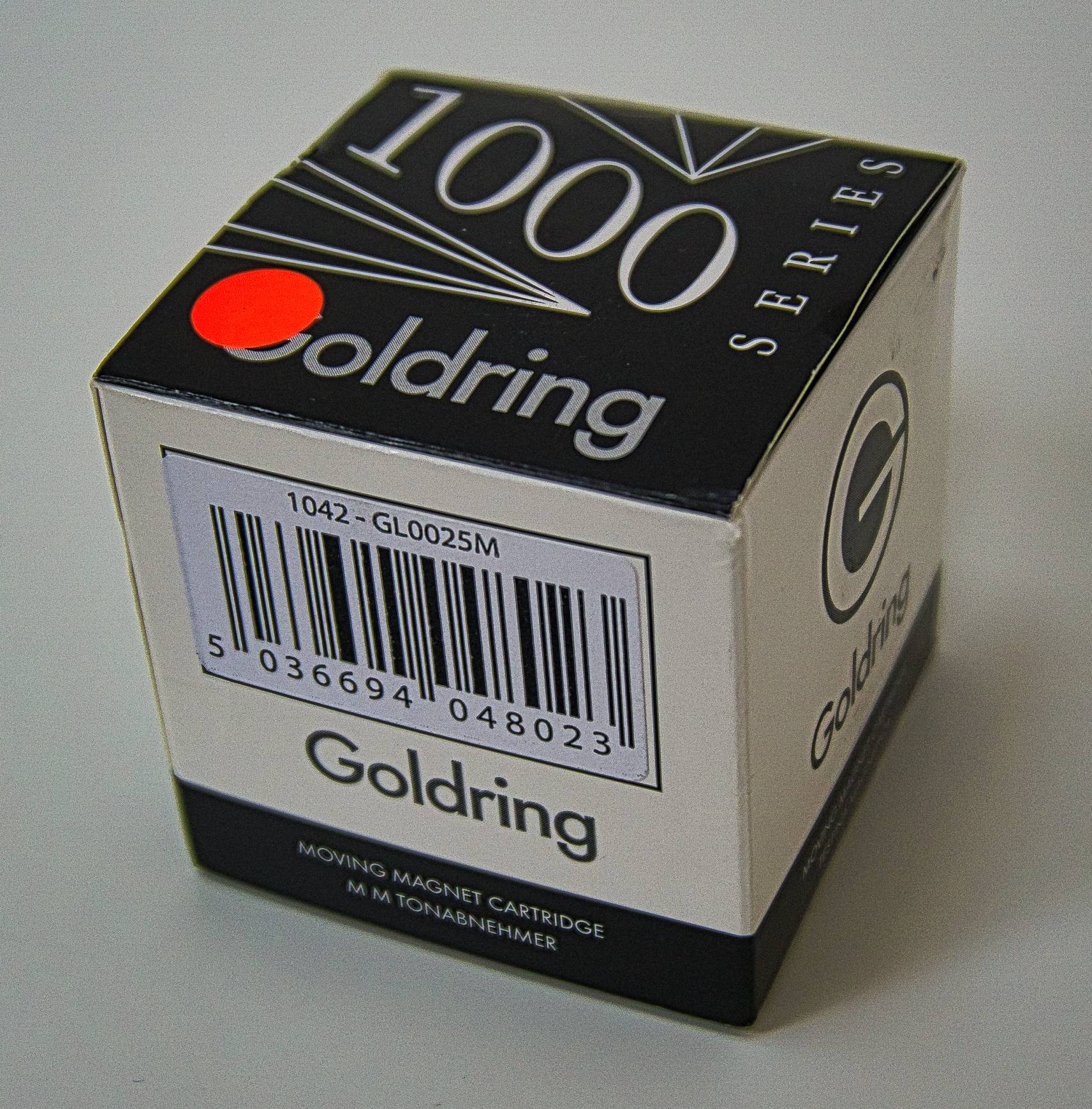
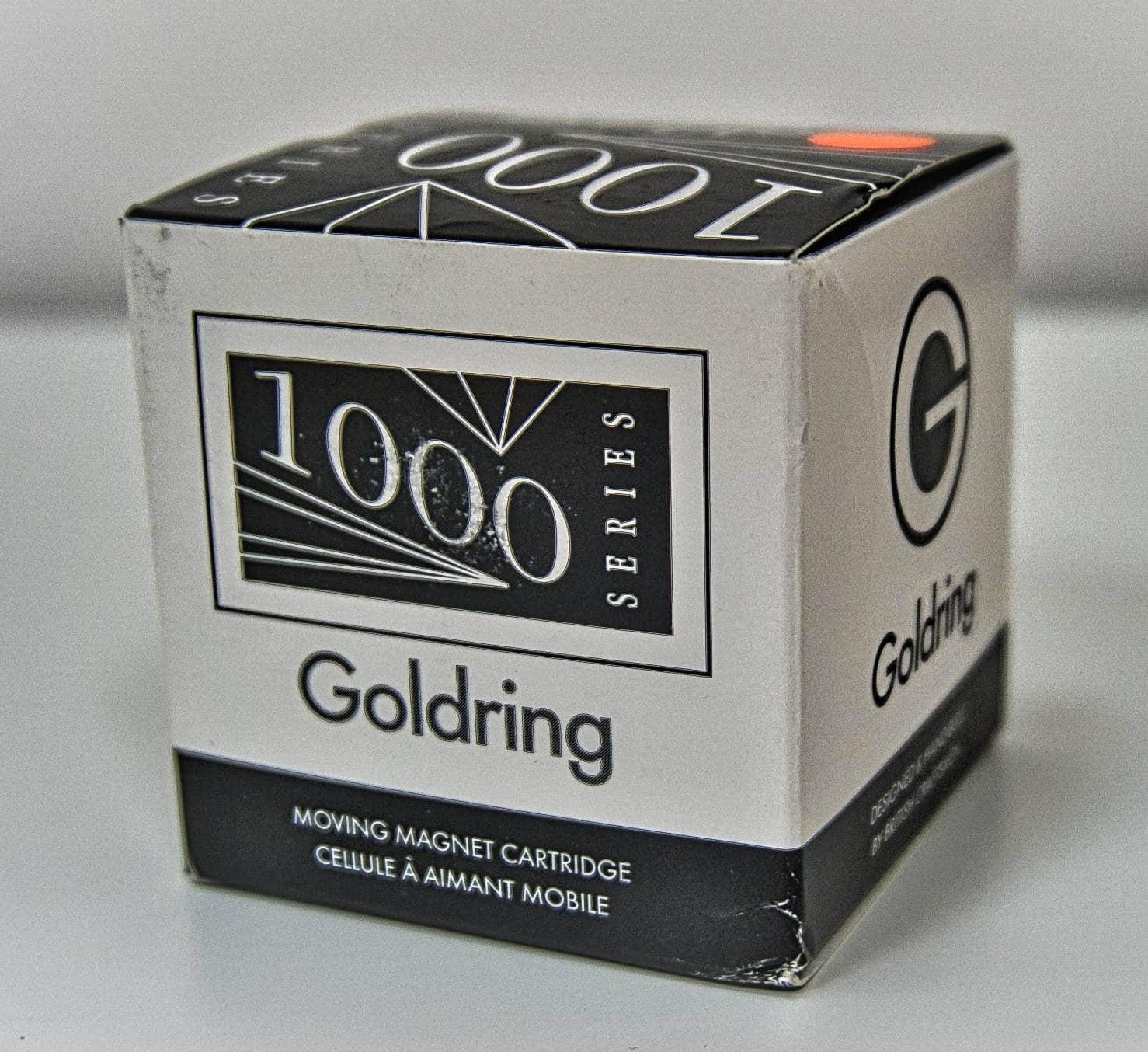
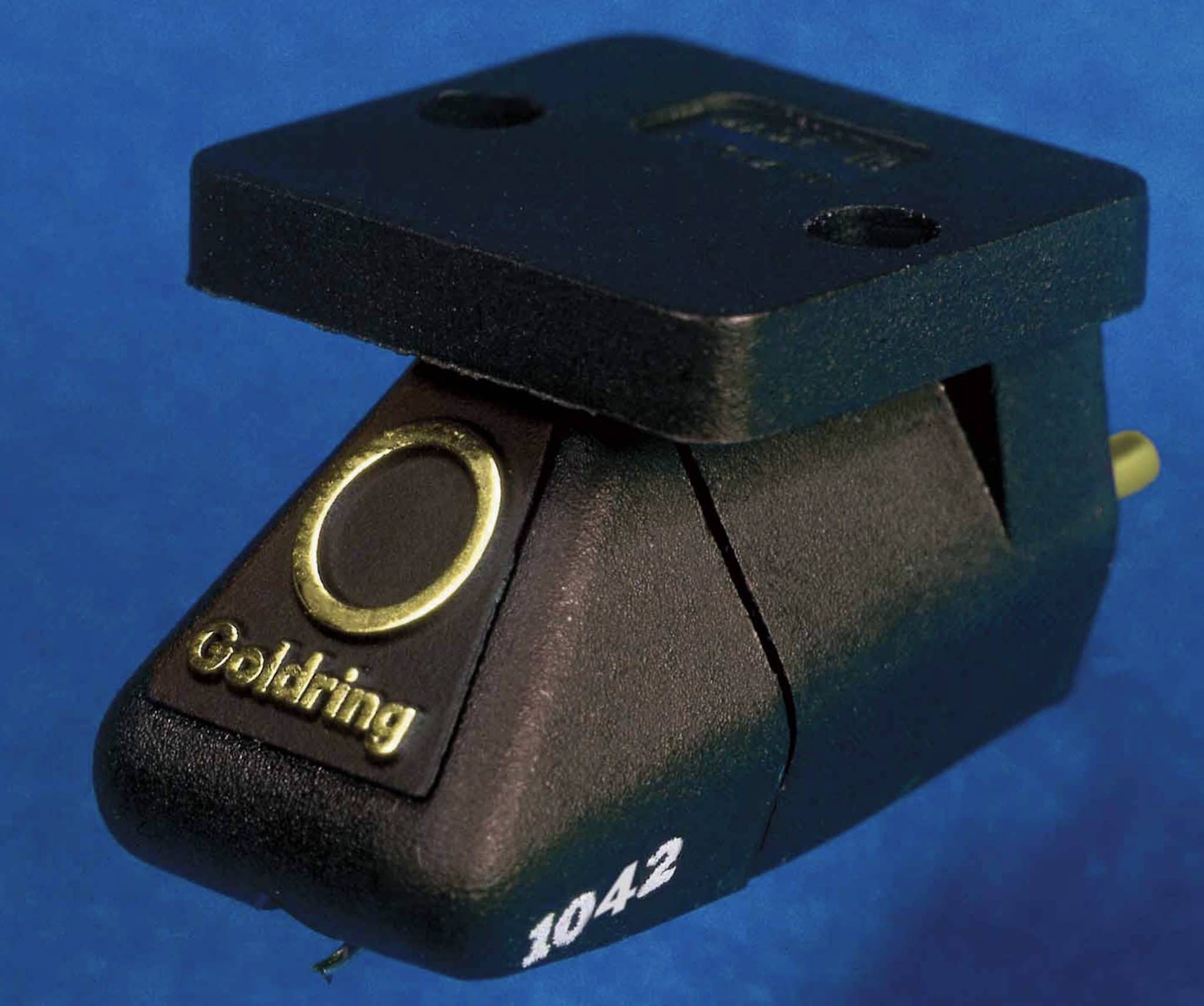
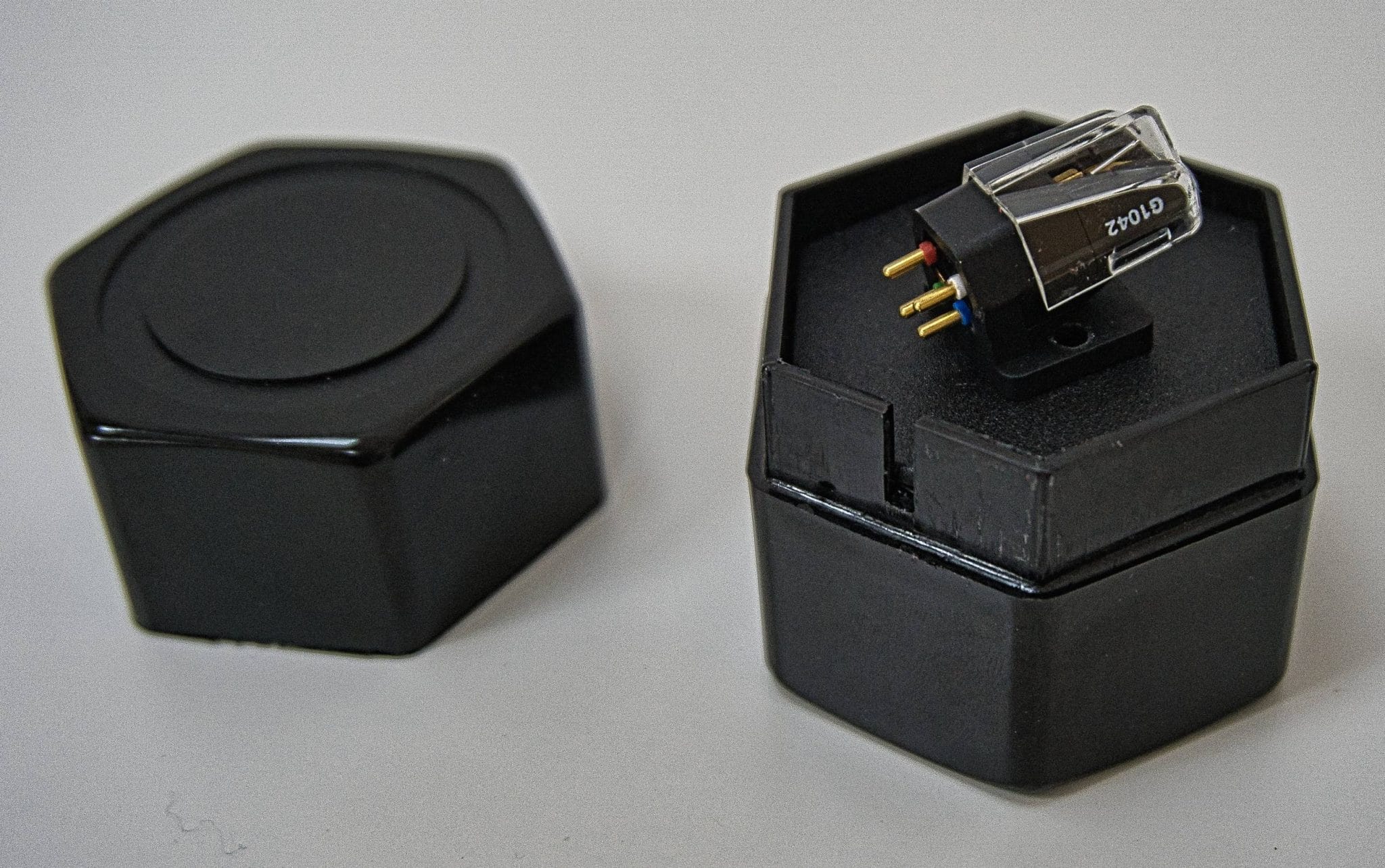
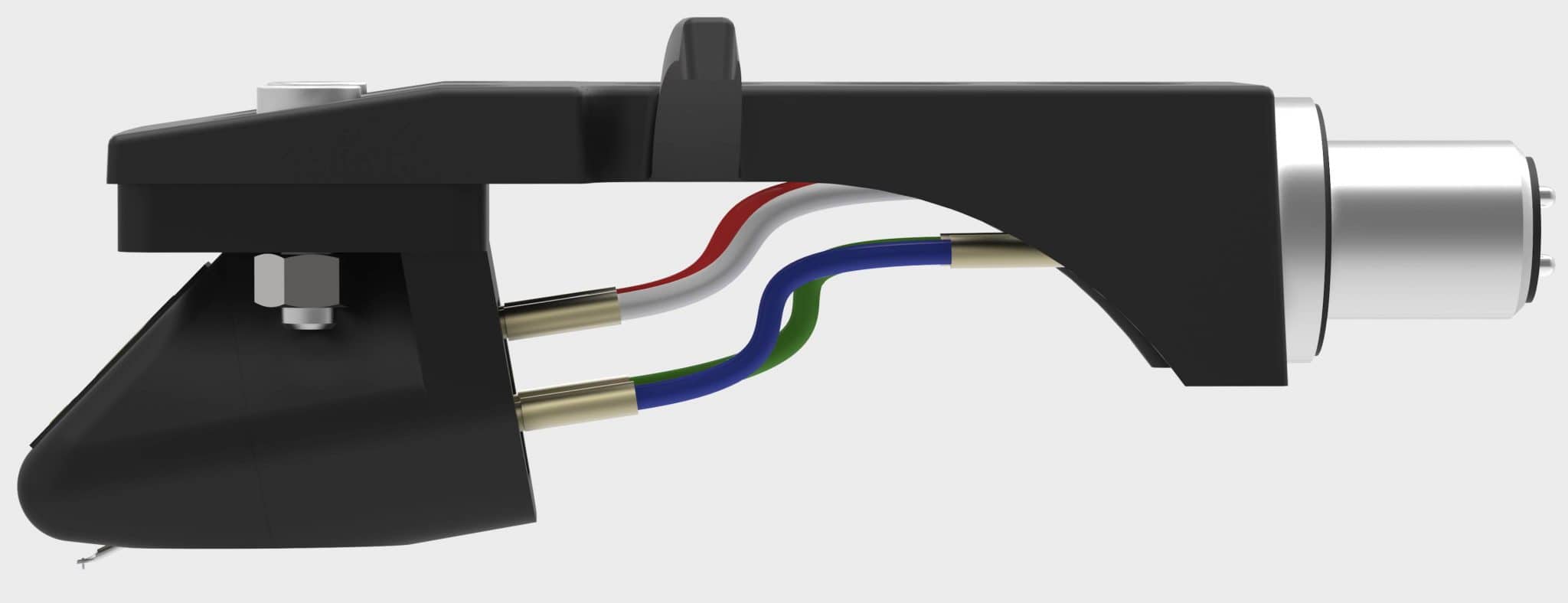



Well, well, well who’d have thought of doing that review, only yourself Paul. Brilliant idea that’s just made me smile from ohr to ohr being an owner of an ancient, but still firing on all four cylinders, 1000 Series Goldring cartridge. I too have been down that mc upgrade path, only this Summer in fact, and everything you’ve written is spot on. To Hana or not to Hana that was the question. In the end, and exactly for the reasons you’ve just said, I stuck with the old üò±
Thanks Dermot – nice krautrock reference there, by the way 🙂
üòäüòäüòäüòä
Hi, Paul.
Quite right!
I too have a 1042, actually a stylus upgrade from a 1012 (even babier steps…)
It sounds crisp, detailed and spacious with all sorts of music…
Used with an original, pre Valhalla/Nirvana etc, LP12 with Origin Live motor kit, Mission 774 original arm which is due for replacement with an Origin Live arm, and an ifi iphono, listening mainly on headphones from HifiMan, Audio Technica, and Sennheiser…
I have considered Hana and other Lower mid price moving coils, and will probably get one eventually, but the 1042 is a fine, satisfying solution with a wide range of music.
If you don’t have, or don’t want to spend, silly money, you should be happy with it for quite a while…
Thanks for your thoughts, Stephen.
Good review! Just one remark regarding the MC upgrade path: don‚Äôt forget that the new component in the system (mc preamp) requires also a decent set of cables: power interconnects. So the difference goes up even more if you really want to get the best out of your investment….
This is exactly the advice I was looking for Paul! Thank you. Gustavo. From your Facebook group.
Glad to be of help. Gustavo!
Hi. Very interesting points raised. I‚Äôm considering the 1042. I‚Äôve just bought a 1210 GR, and upgraded the interconnects to QED performance audio 40i on your recommendation. I was a bit sceptical but the difference from the supplied cable is surprising. Sounds so much sweeter, with palpable soundstage. How is that possible? I currently have a Goldring 1006…I could resin the cartridge and just upgrade to the 1042 stylus. Would it be worth it? And would a better headshell improve things further…I‚Äôm using the bundled technics one. Many thanks. Gary from Lincolnshire.
Hi Gary – re. the cables, there are some design elements in cable design that allows the signal to move faster and without losing information but there’s also a large part of cable design that just rejects noise. For the latter, the cable isn’t improving the sound, in classic terms, just preventing the sound being masked by sonic rubbish. An improved headshell would help, yes. Check out this review: https://theaudiophileman.com/t-01hs-ebony-headshell-timestep-review/
A stylus upgrade would also help.
Thanks Paul. The more depth I go into, the more questions arise. Notably now about compliance. If I go with the 1042 on my technics sl1210, would it suit a heavier headshell as in timestep ebony you reviewed, or a lower mass? Confused.com. I hear good things about jelco and toner magnesium headshell with litz cables…any experience of those? Really appreciate your experience on these matters.
Your Technics should work well with the Goldring, Gary. The headshell will improve sound too. Jelco is also recommended and, if you prefer to go in that direction, then you should be fine.
Hi Paul,
Thanks for an interesting write up. I’m weighing up an upgrade from the E3 (which has served me well) to something from the 1000 series. My concern is that my SL1710 mk1 turntable has no tonearm height adjustment and the 1000 series carts look fairly ‘tall’. I have already swapped out the standard 6mm platter mat for a 3mm version to help the E3 run with a better VTA. Can you tell me whether there is a significant difference in size from the E3 to a 1006 or a 1042?
Best wishes,
Tom
Hi Tom – actually, from the top of the plate to the tip of the stylus, both carts are almost exactly the same height.
Thanks for that – just what I needed as I currently have a 1042 which is long due a stylus replacement. I’ve always loved the sound (on my Rega Planar 3 circa 1990) and never felt the need to upgrade but and was wondering whether things had moved on and something more modern would be better value. Reading your review, I’ll stick with this.
One question though, I originally bought the cartridge in 1997 as a 1006 and then upgraded the stylus: I’ve never fiddled about with the body. Do they ‘wear out’ in any way or am I safe just getting a new stylus do you think?
Many thanks and keep up the good work. 🙂
Thanks Andy – as long as your stylus is ok then you’ll be fine.
A very interesting and insightful review of this magical little vintage gem of a cart! Even though I have a horrible attack of sinusitis headache I chugged through and read it word for word. I have now set my heart on the 1042. When I can afford it I will make a dash for it. Thank you Sir for taking the time and effort to help the world with your words of wisdom. Much appreciated. Stay safe during these covid19 times. Thanks and God bless you. Regards from India.
Thanks for your kind words and get better soon!
Interesting comparisons and nice review. I am a big fan of the 1042. One thing that is strongly in their favor: the Pocan bodies are amazingly quiet bringing an inky black background above any other I have heard and I’ve heard a few.
It might be noted that the Benz Micro Gold and the Hana EL, both manufactured by Excel, are the same cartridge but for the outer skin. The specs are so close, the only difference I could find was very slight in the recommended loading. Perhaps some trivial minor debatable differences if there were any, such as recommended tracking force of 1.8-2.2g for the Benz vs. 2g for the Hana. So if you wanted to compare the 1042 to the Hana EL, I am fairly certain that you just did.